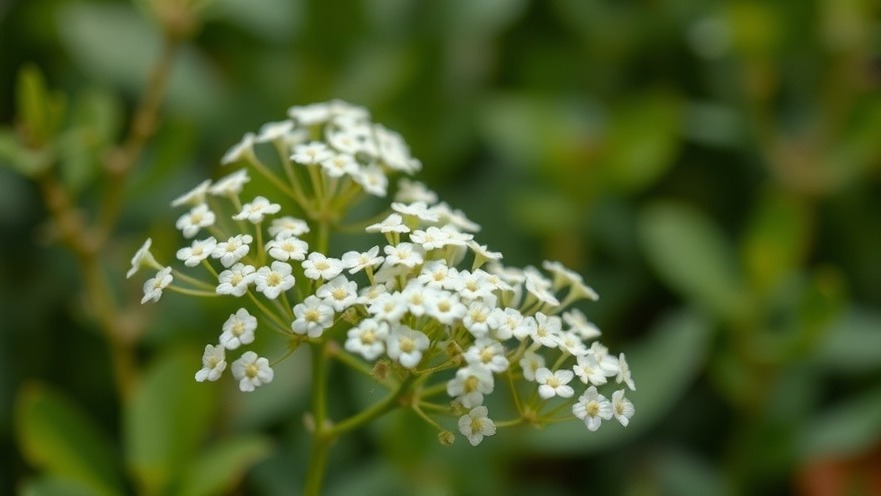
Your Guide to Growing Gypsophila: Nature's Delicate Beauty
Gypsophila, commonly known as baby's breath, is a staple in many gardens, renowned for its ethereal, frothy blooms. This perennial plant not only enhances the beauty of any garden but also serves as a fundamental element in sustainable gardening practices. Eco-conscious homeowners and modern homesteaders looking for eco-friendly gardening options will find growing gypsophila a rewarding endeavor. Not only does it contribute to a visually appealing landscape, but it's also relatively low in maintenance and can thrive in a variety of conditions, making it perfect for both seasoned gardeners and enthusiastic newcomers alike.
Understand Your Growing Seasons
Timing is crucial when it comes to planting gypsophila. Typically, you can sow the seeds directly into your garden from March through to June, ensuring you provide the right conditions for growth. Start by preparing the soil in the fall, enhancing it with compost to boost nutrient levels. Gypsophila thrives in well-drained soil, and by incorporating organic matter, you can improve both drainage and soil health. As an environmentally-conscious choice, selecting seeds from a local native variety can enhance biodiversity in your garden.
Sowing and Planting Tips for Eco-Friendly Gardening
When sowing gypsophila seeds, consider creating a nursery bed. This practice allows you to manage growth effectively while minimizing waste. Make a shallow row in your prepared soil, spaced adequately for healthy plant development. Water gently to avoid disrupting the seeds and place a light layer of mulch to conserve moisture and suppress weeds. By using locally sourced organic mulch, you can further minimize your garden's ecological footprint.
Water Conservation: Essential for Healthy Growth
Water conservation is a fundamental aspect of sustainable home design. When your gypsophila is young, ensure it receives consistent moisture but avoid overwatering to prevent root rot. Employing drip irrigation systems or soaker hoses can significantly reduce water usage while providing the plant with the hydration it needs. Remember, the more established your gypsophila becomes, the less watering it will require as it adapts to its environment.
Creating a Natural and Low-Impact Landscape
Integrating gypsophila into your garden contributes to a vibrant and natural landscape that attracts pollinators such as bees and butterflies. These beneficial insects play a critical role in maintaining ecological balance. To further promote this, consider planting gypsophila alongside other native flowers. This layering of plant life not only creates beautiful arrangements but also fosters a self-sustaining ecosystem, reducing reliance on chemical fertilizers and pesticides that harm our planet.
Cutting Back for a Flawless Garden Look
One of the charms of gypsophila is its long blooming period. However, to keep your garden looking its best, it's essential to cut back the plants after flowering. This practice encourages healthy regrowth and prevents overcrowding, allowing for better air circulation—a key factor in limiting plant diseases. By focusing on maintaining your plants, you engage in zero-waste practices, ensuring that garden refuse is composted and reused.
Incorporate Gypsophila in Your Eco-Friendly Home Upgrades
Beyond their aesthetic appeal, gypsophila and other native plants can contribute to energy efficiency in your home. Well-placed shrubs and flowering plants can act as natural insulation, lowering energy costs. They reduce the heat from direct sunlight in summer while retaining warmth in winter, improving your home's overall energy performance. Additionally, nurturing your garden becomes a sustainable pastime that enriches your lifestyle while promoting ecological awareness.
Conclusion: The Benefits of Sustainable Gardening Practices
By embracing the growth of gypsophila in your garden, you are stepping into a world of sustainable home design. This delicate beauty not only provides visual enjoyment but also promotes ecological balance and energy efficiency in your living spaces. The journey toward an eco-conscious life starts in your backyard. Begin your adventure with gypsophila today and watch your sustainable garden thrive.
 Add Row
Add Row  Add
Add 




Write A Comment